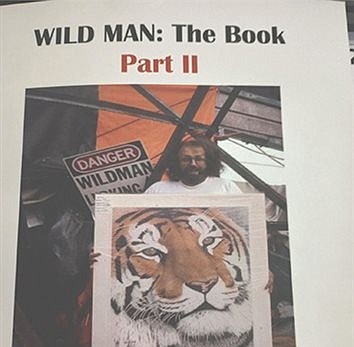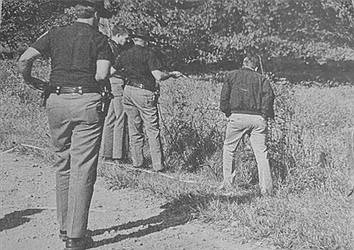Flyfishing the Brookville Tailwater
July 13, 2021 at 8:50 p.m.

Flyfishing the Brookville Tailwater
By -
The tailwater fishes well year-round when water flows are wadable. Of course, the US Army Corps of Engineers operate the dam with flood control as their primary objective, so when they need to lower the level of the lake, stand back; but they have been responsive to the requests for flow controls on the tailwater when flooding is not a concern. Check the gauge before you head there. If it's flowing above 4 feet, the wading will be tough and possibly dangerous. We also have an informal "70-degree pledge"... if the water temperature is sneaking up on 70 degrees, we refrain from fishing the river.
This usually happens in July and August during the hottest days. And, during that time, Smallmouth, Largemouth and other warmwater species are so available that laying off trout fishing for a few weeks is a small inconvenience, especially since it will preserve the lives of the trout so we can catch them again.
Standard tailwater tactics using small nymphs and wet flies are the most consistent producers, but there are also frequent midge hatches and the occasional small mayfly or caddis hatch to bring fish to the surface. Drifting a midge dry or nymph in the surface film to rising trout can be hours of fun.
Streamer fishing can also produce some nice fish, with the streamer selection staying on the small side. Leech and baitfish patterns such as Wooly Buggers and lightly dressed Clousers are the wisest choice, although there are some very large sculpins present as well, so throwing big junk might draw a big fish.
Since the tailwater flows into a warmwater river, you never know what you might catch. We have caught Smallmouth, Largemouth, Sheepshead, Carp, Catfish, Walleye, Sauger, White Bass, Rock Bass, Bluegill, etc. while fishing for trout.
Source: Indiana-flyfishing.com (guided trips available)
Latest News
E-Editions
Events
The tailwater fishes well year-round when water flows are wadable. Of course, the US Army Corps of Engineers operate the dam with flood control as their primary objective, so when they need to lower the level of the lake, stand back; but they have been responsive to the requests for flow controls on the tailwater when flooding is not a concern. Check the gauge before you head there. If it's flowing above 4 feet, the wading will be tough and possibly dangerous. We also have an informal "70-degree pledge"... if the water temperature is sneaking up on 70 degrees, we refrain from fishing the river.
This usually happens in July and August during the hottest days. And, during that time, Smallmouth, Largemouth and other warmwater species are so available that laying off trout fishing for a few weeks is a small inconvenience, especially since it will preserve the lives of the trout so we can catch them again.
Standard tailwater tactics using small nymphs and wet flies are the most consistent producers, but there are also frequent midge hatches and the occasional small mayfly or caddis hatch to bring fish to the surface. Drifting a midge dry or nymph in the surface film to rising trout can be hours of fun.
Streamer fishing can also produce some nice fish, with the streamer selection staying on the small side. Leech and baitfish patterns such as Wooly Buggers and lightly dressed Clousers are the wisest choice, although there are some very large sculpins present as well, so throwing big junk might draw a big fish.
Since the tailwater flows into a warmwater river, you never know what you might catch. We have caught Smallmouth, Largemouth, Sheepshead, Carp, Catfish, Walleye, Sauger, White Bass, Rock Bass, Bluegill, etc. while fishing for trout.
Source: Indiana-flyfishing.com (guided trips available)
Have a news tip? Email [email protected] or Call/Text 360-922-3092





